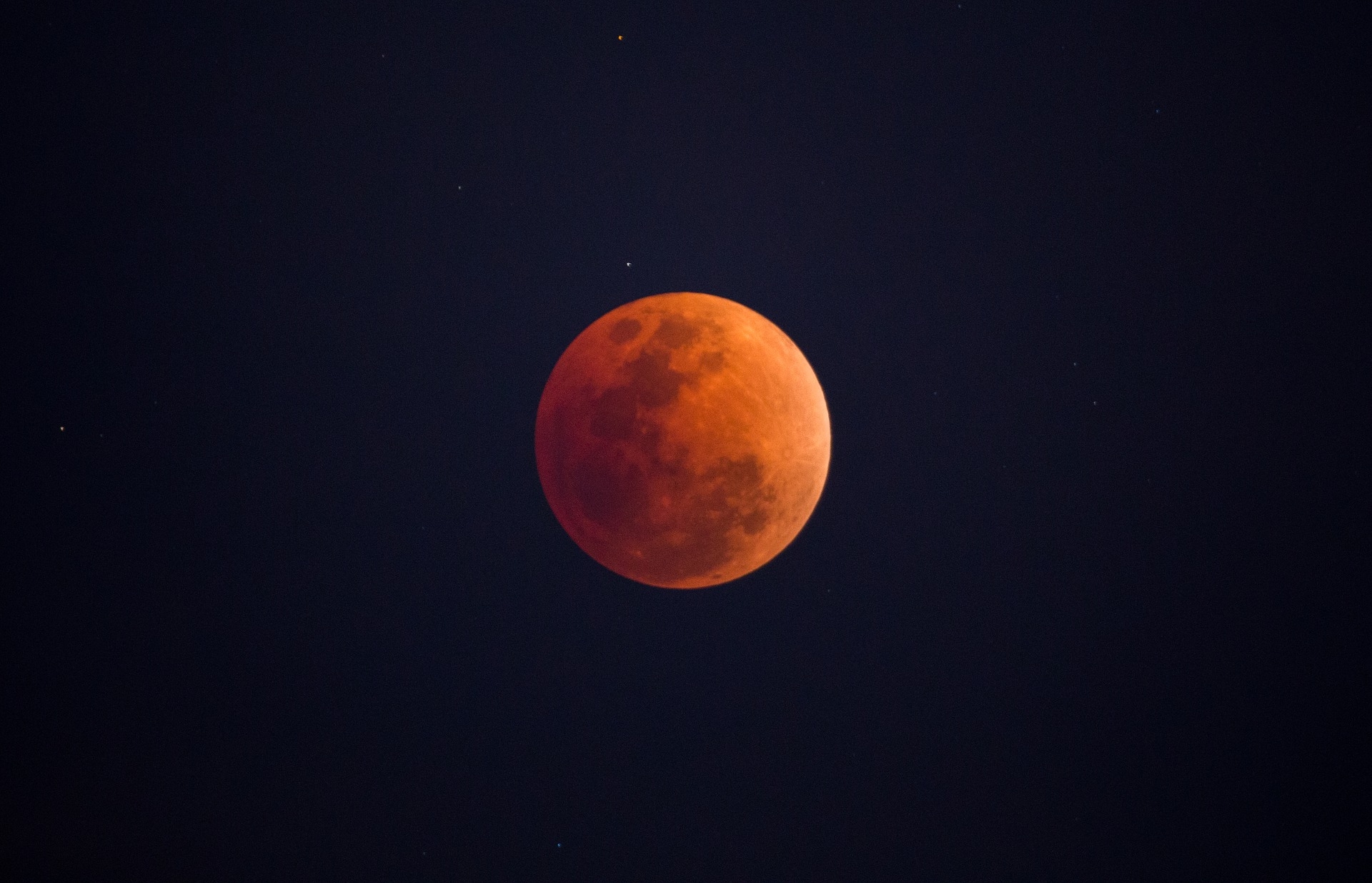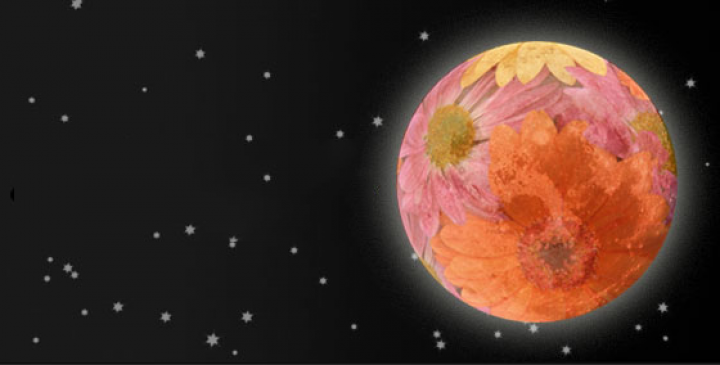
See the Super Flower Moon and a "Blood Moon" Eclipse!
ADVERTISEMENT
Is the pic of the Flower Moon that is on the Farmers Almanac for sale?
Last year about this time was the first time I saw my first SUPERMOON and I am a lifetime stargazer .. what we witnessed was the clouds came in fast and dark and u. Could barely see her then poof the dark clouds vanished and she was glowing enough to put glare in camera ....I am a moon child..actually I would say sky child too my favorite ..watching white puffy clouds form shapes as a child .my brother and I still do after 55 years now when can name from characters in fantasy stories.. our first supermoon was the universes way of communicating with me that we are on a lil piece of heaven and our total world our trees that frame the sky look like a heart ..I have moon phase apps.on my phone lol. LUNA LOVER
Last year about this time was the first time I saw my first SUPERMOON and I am a lifetime stargazer .. what we witnessed was the clouds came in fast and dark and u. Could barely see her then poof the dark clouds vanished and she was glowing enough to put glare in camera ....I am a moon child..actually I would say sky child too my favorite ..watching white puffy clouds form shapes as a child .my brother and I still do after 55 years now when can name from characters in fantasy stories.. our first supermoon was the universes way of communicating with me that we are on a lil piece of heaven and our total world our trees that frame the sky look like a heart ..I have moon phase apps.on my phone lol. LUNA LOVER
Dude, my grandma, who was a woman of pure European blood in a very isolated rural area of Europe, called the whole month of may Flower Month. We usually make sculpture with certain flowers and leaves, and carpets of flowers in this month, so… the name is just logical.
Hello,
I am a large beef farmer's daughter and now soon 52 yrs young. My parents were huge gardeners as well. I have had a vegetable/flower garden for as long as I can remember. I have never planted according to the moon phases. My parents spoke of always planting on the May Long Weekend. That is traditionally the time to plant in our zone 3. I am rethinking this tradition a little and tweaking it some... I am always struggling with spinach that bolts and lettuce! Well it loves cooler temps and I intend to plant it today or tomorrow along with peas, kale, brussell sprouts, and cabbage. The moon is in the waxing phase here now as just recently being the new moon. So it may just cost me some seed but after all that I have read I believe I will have a great harvest of these veg this year. PS my spinach actually over-wintered last year 2019-2020 which was not a very mild winter but lots of snow for insulation may have facilitated this.
Poppies, snapdragons are going directly out soon as well. They have also year after year came up from self sowing and I am not worried about these hardy frost tolerant floweres.
After the full moon in April I will experiment with the waning moon phase with potatoes, radish, turnip, beets, and onions. What do you think of this idea? I am wrong should I wait until the same periods in May as it is April here and our last frost date is June 6?
Since the pandemic hit I started a mail order seed business. It is my new passion and so far growing and doing well and steady.
Thanks for any advice you can offer.











Comments